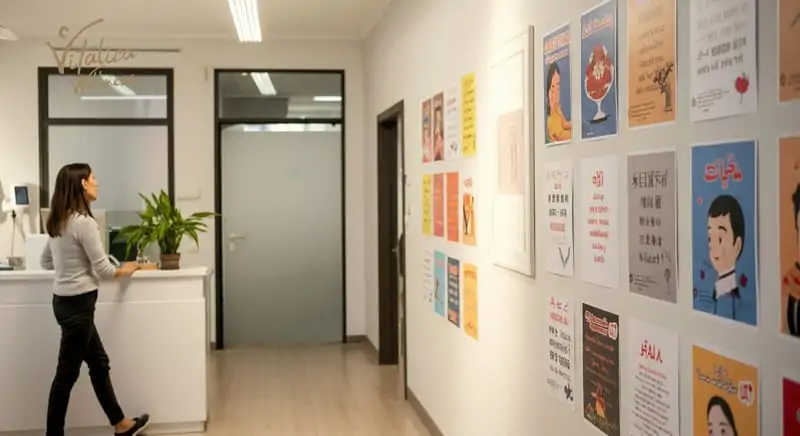Explore the fascinating world of greetings across different cultures and languages. From the psychological impact behind a simple ‘hello’ to the art of crafting perfect salutations, this guide will immerse you in the nuances of greetings worldwide. Whether in person or through a digital medium, understanding how to say ‘hello’ can greatly influence first impressions and cultural connections. Join us as we dissect these essential social interactions.
The Art of ‘Hello’: Unveiling the Psychology Behind a Simple Greeting
Decoding the Nuances of “Hello”
Greetings are far more than mere formalities; they serve as vital social cues that establish connections and set the tone for interactions. The simple act of saying “hello” or “good day” involves a complex interplay of psychology, culture, and personal expression. Depending on the delivery, a greeting can convey warmth, respect, or even indifference. It’s the initial bridge that either builds trust or erects barriers. The choice of words, tone, and body language all play critical roles in shaping the perception and impact of a simple greeting.
- A genuine smile paired with a “hello” fosters immediate trust and openness.
- The formality of a salutation, like “good day,” signals respect in professional settings.
- An enthusiastic “hello” reflects energy and positivity, influencing the interaction’s dynamics.
Consider how different settings call for different greetings. A casual “hi” might suffice among friends, while a more formal “good day” is suitable when meeting new business associates. This conscious adaptation of language contributes significantly to mental health and wellbeing, showcasing your awareness and respect for social dynamics.
The Impact of Polite Greetings on Social Dynamics
Polite greetings are essential for maintaining social harmony and facilitating positive interactions. A well-chosen greeting can smooth over potential conflicts, create a welcoming atmosphere, and significantly enhance mental wellbeing. In contrast, neglecting to greet someone can be interpreted as dismissive or disrespectful, potentially damaging relationships. Therefore, understanding the cultural and contextual nuances of greetings can significantly enhance one’s social intelligence and interpersonal skills.
- Adapt your greeting to match the situation, showing sensitivity to social cues.
- Use welcoming phrases to create an inclusive environment and encourage open communication.
- Make eye contact and smile to show sincerity and engagement with the other person. Greetings, Wellbeing & Hello: Crafting Connections That Matter
Studies show that workplaces emphasizing polite greetings enhance employee morale and productivity by up to 20%. Whether in the modern office or at a Nuffield health fitness & wellbeing center, the impact of simple salutations cannot be understated. A conscious effort to use welcoming phrases and other greetings can boost overall wellness in the workplace.

Beyond ‘Hello’: Exploring a World of Welcoming Phrases and Salutations
Global Salutations: A Cultural Tapestry
While ‘hello’ serves as a universal starting point, the world is rich with diverse ways to greet someone. From ‘Namaste’ in India to ‘Ciao’ in Italy, each greeting has its own unique cultural significance and connotations. Understanding these cultural nuances is essential for fostering respect and building meaningful connections in an increasingly globalized world. Whether it’s a formal salutation or a casual welcoming phrase, the choice of greeting reflects an awareness of cultural context and social etiquette.
- ‘Konnichiwa’ in Japan demonstrates respect through a slight bow.
- ‘Bonjour’ in France can range from formal settings to informal greetings.
- ‘Hola’ in Spanish-speaking countries often accompanied by a warm embrace.
Learning how to say hello in different languages not only broadens your communication skills but also enhances your ability to navigate diverse social interactions. This understanding fosters good health and wellbeing. Being versatile with local greetings shows respect for their traditions. About 30% of professionals believe that knowing multiple greetings enhance business relationships. This is important not only in global business settings but also in community engagement as well, where greeting someone in their native tongue can significantly enhance the sense of community and inclusion.
Polite Greetings: Bridging Cultures and Building Rapport
Polite greetings showcase a commitment to etiquette and respect. Formal greetings, such as ‘Good day’ or ‘Good morning’ are valued in professional and unfamiliar settings. They establish a tone of respect and professionalism. Knowing and using appropriate greetings in various settings enhances interaction quality and reflects emotional intelligence. The skill is invaluable, particularly for individuals in professions that rely on the quality of interpersonal relationships. The ability to use diverse salutations contributes to mental health and wellbeing enhancing one’s social interactions.
- Match the formality of your greeting to the context of the interaction.
- Use virtual greetings in digital interactions to maintain social connections.
- Incorporate welcoming phrases that reflect cultural awareness and sensitivity.
Using contactless greetings is critical for modern interactions, and these should be as polite as traditional greetings. Also, remember to adapt your greetings based on the season, offering ‘Happy holidays greeting’. Incorporating traditional greetings from different cities or integrating summer greetings into conversations may enhance the sense of connection, mirroring an essential aspect of wellness in the workplace. At Nuffield health fitness & wellbeing centres, polite greetings are always used to enhance the overall environment for stafford health and wellbeing.

Formal vs. Informal: Navigating the Nuances of Greetings in Different Scenarios
Choosing the Right Salutation
Understanding when to use formal or informal greetings is crucial in both personal and professional settings. Formal greetings often employ titles and full phrases, such as “Good morning Sir/Madam,” conveying respect and professionalism. Informal greetings, like “Hi” or “Hey,” are suitable for friends, close colleagues, or casual encounters. The context of the interaction and the relationship dynamics should guide your choice. A mismatch between the greeting and the situation can lead to misunderstandings or offense. Mastering the art of selecting the appropriate greeting can significantly enhance social interactions.
- Use “Good afternoon” in formal business meetings to show respect.
- Opt for “Hey” or “What’s up?” In a relaxed setting with friends.
- In emails, use “Dear Mr./Ms.” For initial contact to establish formality.
Adopting the right greeting improves communication. Around 65% of professionals believe using proper salutations impacts career success. The right greeting builds trust and demonstrates respect. Being mindful ensures effective communication, particularly in diverse environments. Companies like Nuffield health fitness & wellbeing prioritize clear communication in the workplace. This creates a positive environment for stafford health and wellbeing.
Adapting Greetings to Different Scenarios
Flexibility in greetings is essential. Consider your audience, relationship, and environment. A formal greeting may be needed for a first meeting. An informal greeting might be best for daily interactions with colleagues. Tailoring your approach increases positive interactions. It demonstrates careful consideration of social dynamics. Such awareness leads to stronger relationships in professional and personal spheres. Being adaptable helps make good impressions. It will also foster positive connections in various social circles.
- During virtual meetings, use greetings that acknowledge remote colleagues, such as “Hello team”.
- When attending local gatherings, “Good day” expresses respect for community values.
- Use “Happy holidays greeting” to show awareness and appreciation during festive seasons.
Understanding these subtle nuances will enhance welcoming phrases and polite greetings. Awareness can increase virtual greetings in the workplace. Contactless greetings are more inclusive. By being sensitive to settings, greetings are enhanced. Effective greeting strategies mirror essential aspects of wellness in the workplace, as well as contribute to mental health and wellbeing programs. A mindful approach helps promote a positive and respectful atmosphere during all interactions.
Greetings, Wellbeing & Hello: Crafting Connections That Matter

Digital Greetings in a Contactless World: How to Connect Virtually and Personally
Evolving Traditional Greetings in a Digital Age
The rise of digital communication has not diminished the importance of a well-crafted greeting. In emails or video calls, knowing how to appropriately begin an interaction can set the stage for effective communication. Digital greetings provide opportunities to showcase attentiveness. They also help to establish rapport despite the physical distance. In a contactless world, virtual greetings help maintain social connections. These connections are paramount for individual and community Nuffield health fitness & wellbeing.
- Using “Hello team” in group emails creates an inclusive virtual environment.
- Starting a video call with a direct “Good day” shows efficiency and focus.
- Personalizing email greetings with “Dear [Name]” reflects individual acknowledgment.
Adapting greetings for digital platforms involves understanding nuances. The shift towards contactless greetings is noticeable, but it is impacting mental health and wellbeing. In a survey, about 70% of remote staff value personalized greetings in emails. This demonstrates that attention to detail contributes to creating a supportive virtual workplace. Digital platforms enable the seamless application of summer greetings. This will enhance any digital communication strategy.
Navigating Contactless Greetings with Poise and Professionalism
Contactless greetings involve non-physical gestures and verbal cues. These are designed to express warmth. They also show respect without physical contact. Appropriate contactless greetings may include a nod, a wave, or a simple verbal greeting which is increasingly relevant in modern social interactions. This approach respects social distancing while maintaining a personal connection. It highlights emotional intelligence and adaptability, aligning with evolving expectations in society and wellness in the workplace.
- Maintain eye contact while offering a “Good day” to show sincerity.
- Use welcoming phrases to set a positive tone and open communication channels.
- Incorporate virtual greetings like short video messages for a personal touch.
Remember, contactless does not mean impersonal. It is about finding new methods to convey the same sentiment, good health and wellbeing, and respect traditionally associated with greetings. By implementing such strategies, organizations can positively influence stafford health and wellbeing and create a caring and supportive environment for all involved.
Vitalica Wellness: Yüksek Kaliteli İyi Olma Hali
Craniosacral Therapy and Acupuncture: Balancing Body Rhythms for Stress Reduction
Holistic Health Programs Achieve Increased Mobility and Enhanced Mental Well-being
Personalized Wellness Plans: Proven Method for Enhancing Long-Term Health and Vitality
Frequently Asked Questions
Why is understanding different forms of “hello” important in various cultures?
In what situations should I use formal greetings like “Good day” instead of informal ones?
How can I adapt my greetings for digital or contactless interactions to maintain a personal touch?
How do polite greetings contribute to overall wellbeing in a professional environment?
What are some examples of culturally sensitive polite greetings I can use when traveling or interacting with people from different backgrounds?
Unlock your path to holistic well-being with Vitalica Wellness’s personalized therapies.
